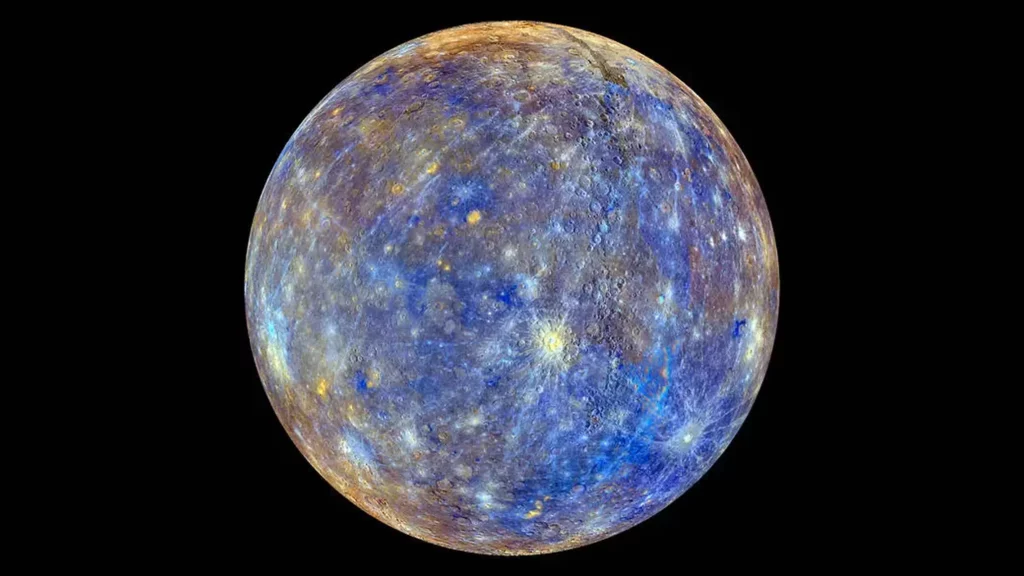Put simply: Mercury is the smallest planet in the solar system and has always been shrouded in mystery due to its dark surface and dense core. However, astronomers have long known that Mercury’s surface contains large amounts of graphite, a type of carbon. A new study has revealed that there is a thick layer of diamonds beneath the graphite crust at the boundary between Mercury’s core and mantle.
Chinese and Belgian scientists recently Published A study published in Nature Communications proposes that a diamond layer exists at the boundary between Mercury’s core and mantle, suggesting that this layer could be up to 18 kilometers (11 miles) thick. The discovery represents a major advance in understanding the planetary differentiation process – how planets develop distinct interior layers.
Scientists believe that the diamond layers formed from the crystallization of Mercury’s carbon-rich magma ocean. As the planet cooled, this carbon formed a graphite crust on the surface. But the study assignment The assumption is that graphite was the only stable carbon phase during this period.
“Many years ago we realized that Mercury’s extremely high carbon content might have important implications,” study co-author Dr. Yanhao Lin from the Advanced Research Center for High Pressure Science and Technology in Beijing told Phys.org. “We realized that something special might be going on inside Mercury.”
The researchers used high-pressure, high-temperature experiments combined with thermodynamic models to recreate conditions inside Mercury. They achieved pressure levels of up to 7 gigapascals, allowing them to study the equilibrium states of Mercury’s minerals.
They concluded that the presence of sulfur in Mercury’s iron core influenced the crystallization process of the magma ocean by lowering the liquidus temperature and promoting the formation of a diamond layer at the core-mantle boundary, as well as by forming iron sulfide layers, which influenced the carbon content during the planet’s differentiation.
The high thermal conductivity of the diamond layer influences Mercury’s thermodynamics and magnetic field generation: it aids in the transfer of heat from the core to the mantle, affects the temperature gradient and convection in the liquid outer core, and thus influences the magnetic field.
The discovery also has implications for our understanding of other carbon-rich exoplanetary systems and terrestrial planets with similar size and composition to Mercury. The processes observed on Mercury could occur on other planets and leave similar signatures. The study concludes that similar diamond formations could exist on other terrestrial planets if the conditions are just right.


